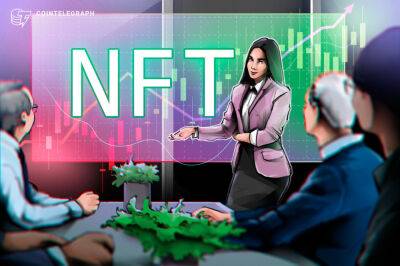Fitting the bill: US Congress eyes e-cash as an alternative to CBDC
On March 11, United States President Joe Biden issued an executive order in which he encouraged the Federal Reserve to continue research on a prospective U.S. central bank digital currency, or CBDC.
The order emphasized that the market capitalization of digital assets had surpassed $3 trillion in November — with Bitcoin (BTC) representing more than half of the total value of all cryptocurrency and peaking at over $60,000 — up from just $14 billion five years prior. For comparison’s sake, the U.S. money supply (M1) in the same month was $20.345 trillion.
Stephen Lynch, a member of Congress who chairs the Task Force on Financial Technology, introduced the Electronic Currency and Secure Hardware Act on March 28, which would develop “an electronic version of the U.S. Dollar for use by the American public.” How does this project fit into the existing U.S. CBDC frameworks?
Curiously, the specialists tasked with authoring the concept claim it isn’t a true CBDC because it would be issued by the U.S. Treasury rather than the U.S. Federal Reserve, the central bank system.
Rohan Grey, an assistant law professor at Willamette University’s College of Law who helped draft Lynch’s bill, said in an interview that the Fed doesn’t have the statutory authority to create a CBDC or the capacity to maintain the retail accounts that would be required for it. Instead, he described the digital dollar as something replicating the privacy, anonymity and transactional freedom reflecting the properties of physical cash.
He noted that it would neither use a centralized ledger (like most proposed CBDCs) nor a distributed ledger (like crypto) and maintain its security and integrity through its hardware. According to Grey, beyond that, giving the Fed the
Read more on cointelegraph.com








